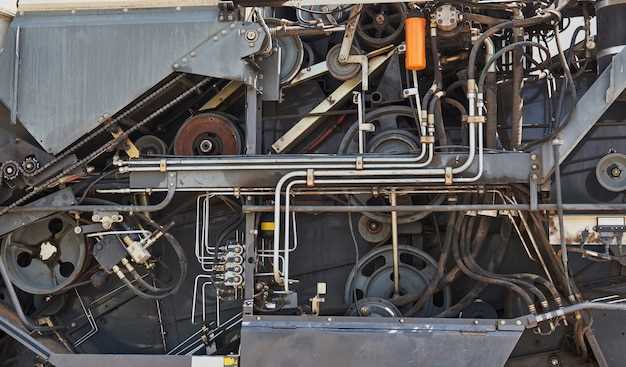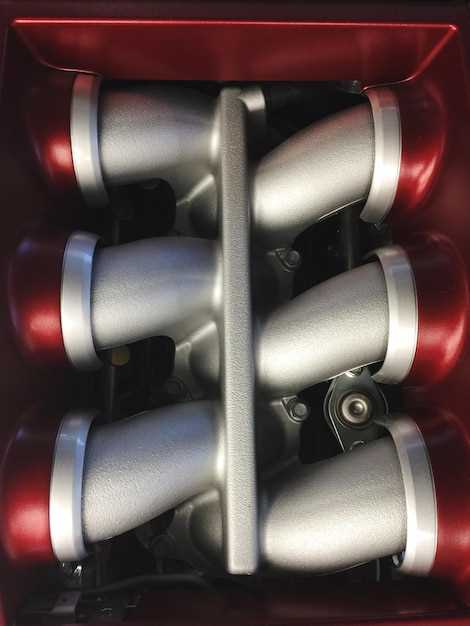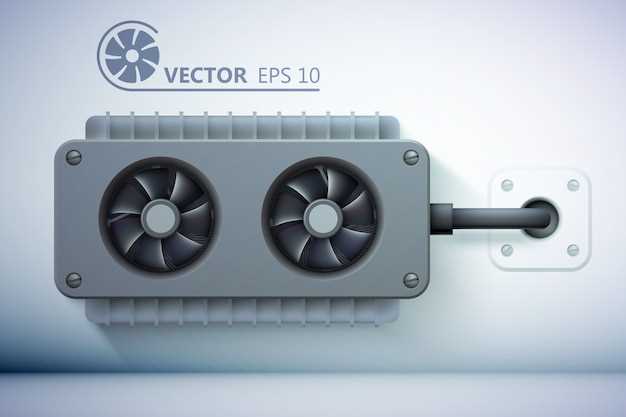
In the realm of automotive performance, engine cooling plays a critical role in achieving optimal power output and reliability. As enthusiasts push their engines to the limits, the need for effective cooling modifications becomes paramount. High-performance engines generate significantly more heat due to increased horsepower and torque, making standard cooling systems insufficient for managing elevated temperatures.
Implementing tailored cooling modifications not only enhances engine performance but also extends the lifespan of critical components. Upgraded radiators, high-flow water pumps, and improved cooling fans are just a few examples of enhancements designed to dissipate heat more efficiently. Engine performance is closely tied to engine temperature; thus, maintaining an optimal thermal condition is essential for maximizing fuel efficiency and minimizing the risk of catastrophic failures.
Additionally, advanced technologies such as oil coolers and intercoolers contribute significantly to overall thermal management. These modifications not only aid in lowering engine temperatures but also provide performance gains by ensuring that the air-fuel mixture remains dense and optimal for combustion. By adopting a comprehensive approach to cooling modifications, performance enthusiasts can unlock the full potential of their engines while safeguarding against high temperatures, ensuring both power and longevity.
Upgrading Radiators: Choosing the Right Size and Material
When upgrading the cooling system of high-performance engines, selecting the appropriate radiator is crucial. The right size and material can significantly enhance thermal efficiency, allowing the engine to perform optimally under extreme conditions.
Radiator Size
The size of the radiator is often determined by its dimensions and core thickness. A larger radiator can dissipate more heat but also requires adequate space under the hood. It is essential to consider the engine’s output and the intended use of the vehicle. For race applications, a thicker core can provide additional cooling capacity, whereas street applications might prioritize a balance between cooling and fitting within the design constraints.
Core Thickness
Radiators come in various core thicknesses, usually measured in rows. A thicker radiator typically offers more cooling surface area, which can lead to better performance. However, it is vital to assess airflow through the radiator and make sure there is no obstruction that can impede efficiency.
Material Considerations
Radiators are commonly available in aluminum and copper/brass. Each material has its advantages. Aluminum radiators are lighter and often feature a more efficient design, allowing for better heat dissipation. They are also resistant to corrosion, making them ideal for long-term use in high-performance applications.
On the other hand, copper/brass radiators have superior heat conductivity, allowing for rapid heat transfer. They are generally more durable and easier to repair if damaged. However, their weight is a disadvantage in performance applications where reducing overall mass is critical.
Conclusion
Choosing the correct size and material for a radiator is paramount in enhancing the cooling efficiency of high-performance engines. By understanding the specific requirements of your engine and vehicle, you can make an informed decision that ensures optimal cooling and performance during demanding conditions.
Optimizing Coolant Flow: Enhancing Water Pump Performance

The efficiency of a high-performance engine relies heavily on effective cooling management. One critical component in this system is the water pump, which circulates coolant throughout the engine to remove excess heat. Optimizing coolant flow requires a multifaceted approach to enhance the performance of the water pump.
First, it is essential to select a high-flow water pump designed for performance applications. These pumps typically feature larger impellers and improved housing designs that minimize turbulence and maximize fluid movement. An upgrade to a performance-oriented water pump can result in significant gains in coolant circulation rates, ensuring that heat is effectively dissipated.
Next, the routing of the coolant lines should be examined. Smooth, direct paths for the coolant reduce resistance and allow for better flow dynamics. Any bends or restrictions in the coolant pathways should be minimized. The use of larger diameter hoses can also contribute to improved flow rates and lower pressure drops in the system.
Furthermore, the coolant composition plays a crucial role in flow optimization. Using a high-performance coolant with enhanced thermal properties can improve heat transfer efficiency. Additionally, proper maintenance, such as flushing the cooling system periodically to remove contaminants, helps maintain optimal coolant properties and flow rates.
A performance thermostat can complement these efforts by allowing for quicker coolant flow when the engine is under load. This ensures that the engine reaches its optimal operating temperature more quickly, enhancing overall performance and longevity.
Lastly, considering the integration of electric water pumps can provide further benefits. These pumps can be controlled based on engine temperature or other parameters, offering on-demand performance. This capability reduces parasitic drag on the engine compared to traditional belt-driven pumps, resulting in improved overall efficiency.
Through careful selection of components and attention to the design of the cooling system, optimizing coolant flow and enhancing water pump performance is attainable. Efficient cooling leads not only to better engine performance but also to increased reliability and longevity of high-performance engines.
Implementing Oil Coolers: Types and Installation Considerations

Oil coolers are essential components in high-performance engines that help maintain optimal operating temperatures, preventing overheating and extending engine life. Several types of oil coolers are available, each suited for specific applications and setups. The main types include:
1. Air-Cooled Oil Coolers: These coolers use ambient air to dissipate heat from the engine oil. Typically consisting of a series of fins and tubes, they are lightweight and easy to install. However, their efficiency can vary based on airflow, making them less effective in stop-and-go traffic or low-speed conditions.
2. Water-Cooled Oil Coolers: Utilizing coolant from the engine’s cooling system, these coolers offer superior heat exchange capabilities. They maintain consistent oil temperatures but require additional plumbing. Installation can be more complex due to the need for connections to the radiator or heater core.
3. Sandwich Plate Oil Coolers: These are designed to fit between the oil filter and the engine block. They provide a compact solution for additional cooling, making them ideal for tight engine bays. However, they may limit oil flow and should be carefully selected based on engine specifications.
Installation Considerations: When installing an oil cooler, several factors should be taken into account:
1. Location: The cooler should be positioned to maximize airflow, typically at the front of the vehicle or in an area with unobstructed airflow. The mounting location can significantly influence cooling performance.
2. Core Size: The size of the cooler must match the engine’s heat dissipation requirements. A cooler that is too small may not effectively manage temperatures, while an oversized cooler can lead to excessive cooling, affecting engine efficiency.
3. Plumbing and Fittings: Proper hoses and fittings are critical for ensuring a leak-free installation. Use high-quality, heat-resistant hoses and ensure they are securely fastened to prevent oil leaks.
4. Thermo-Control Valves: Implementing thermo-control valves helps regulate oil flow to the cooler based on temperature, ensuring that the oil reaches optimal operating conditions quickly and efficiently.
In conclusion, selecting and installing the right oil cooler involves understanding the types available and considering installation specifics. A well-implemented oil cooler system can greatly enhance the performance and longevity of high-performance engines.

